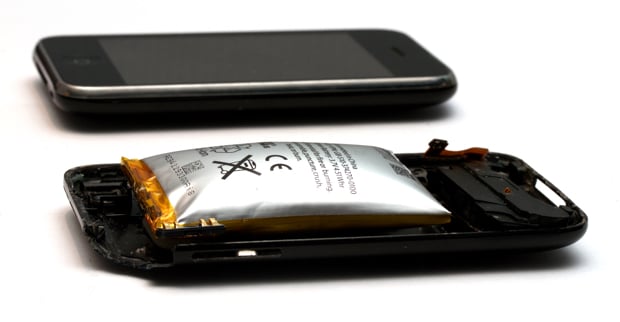New Study Reveals True Cost of 'Free' Ad-Driven Apps
The study by the University of Southern California, Queen's University, and the Rochester Institute of Technology — "Truth in Advertising: The Hidden Cost of Mobile Ads for Software Developers" — shows that on average apps with ads consume 16% more energy, 48% more CPU time, and 79% more network data.

Specifically, with regard to battery life, the researchers found that apps with ads lower the battery life of a typical smartphone from 2.5 to 2.1 hours on average (or down to 1.7 hours at the high end of energy usage). As for CPU use, ad-laden apps take up an average of 48 percent more CPU time - 22% more memory use and 56% greater CPU utilization (the amount of time the CPU was in use). Also, as the ads are data that must be downloaded, it stands to reason that they cause smartphones to use much more data (in some cases, in fact, as much as 100% more).
According to the study, the frustrations and true expenses tied to "Free" apps (yes, continuing with the quotation marks) led users to rate them somewhat lower, costing these apps an overall average of .003 stars on a five-star rating scale.
"In absolute terms, this is very low, but in the crowded and competitive world of apps it's a huge difference. It can make the difference between your app getting downloaded or going unnoticed," said William Halfond, a professor of computers science at USC who co-led the study with RIT's Meiyappan Nagappan.
The study participants compared 21 top apps, culled from a list of 10,750 that had spent time in the top 400 of each of Google Play's 30 categories from January to August of 2014, performing their measurements with analysis tools loaded onto a Samsung Galaxy S II smartphone. Halfond tweaked the apps’ code packages to remove their ads, and then compared app use — apps with ads versus apps without — over several minutes. Meanwhile, Naggapan worked to mine data from reviews and app store stars to study the scores difference between ad-based apps and those without.
Halford says, “The whole app economy is based on an idea that these free apps cost you nothing. I hope that users become more aware that when they choose an app, it’s not exactly free.” He goes on to say, "I hope developers realize they can overdo it. Somewhere in there, it goes from bringing in money to hurting your revenues.”
Diminishing battery life and clandestine data usage spiking are not only constant complaints among smartphone users, but we now know that they translate into very real operating costs too. Understanding this, the group of researchers that produced the "Truth in Advertising" report are next planning to devise methods for correlating ratings and reviews with app usage in such a way that developers will be able to determine the sweet spot for the advertising-dependent versions of their smartphone apps.

